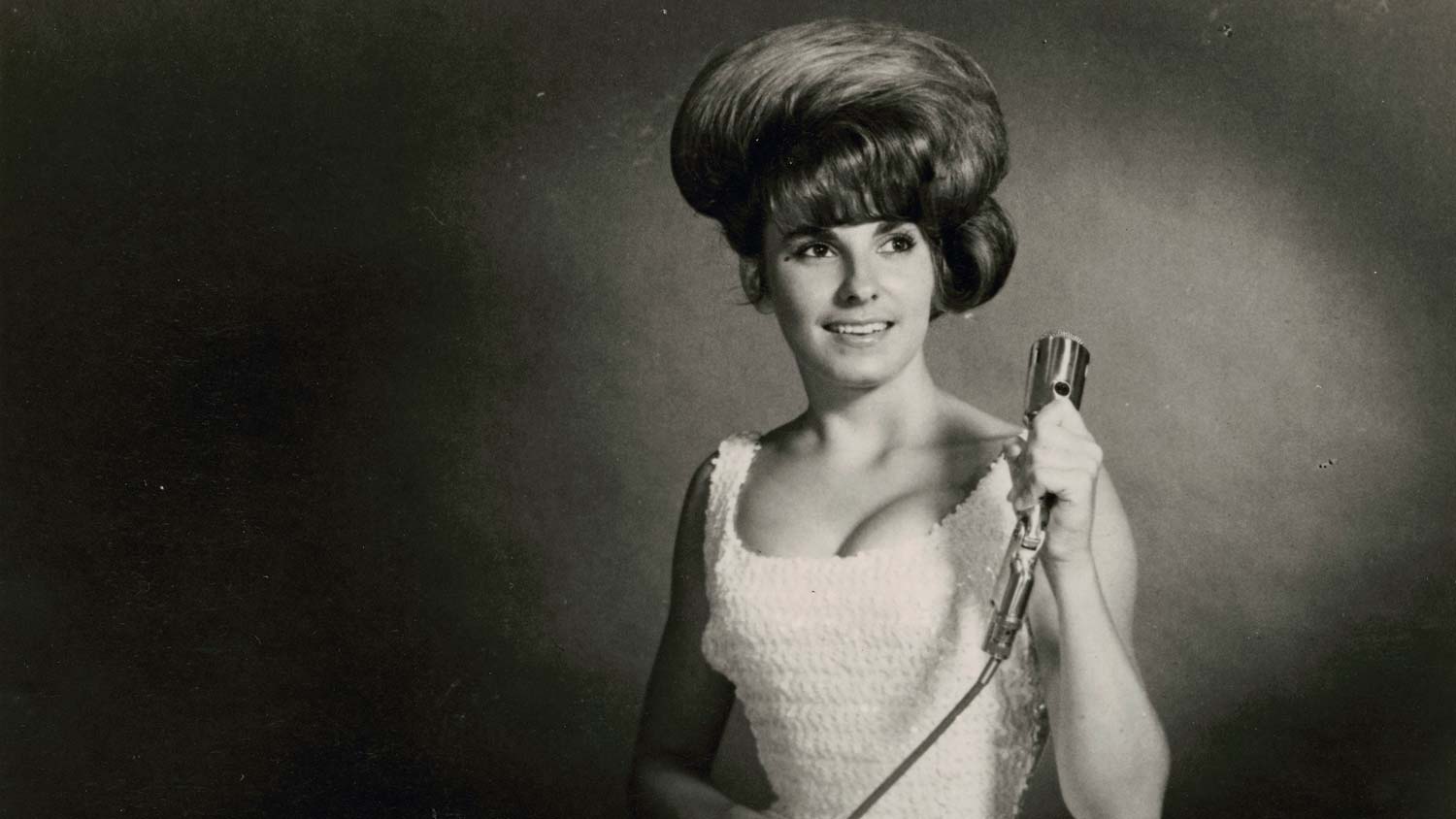
Linda Lyndell
An early purveyor of so-called “blue-eyed soul,” Linda Lyndell’s brief career stands as a testament to the innovative risk-taking of Stax’s stable in the soul music sector. Born Linda Rowland on November 22, 1946, in Gainesville, Florida, she challenged existing boundaries as a white woman singing Black soul music during the vibrant 1960s music scene.
Growing up Linda was immersed in the rich sounds of gospel music. She developed her vocal skills by participating in both white and black church choirs, demonstrating an exceptional ability to bridge musical and cultural divides from an early age. This exposure not only shaped her musical style but also fostered a deep appreciation for the soulful melodies that defined her career.
During her teenage years, Linda gained notoriety in connection to multiple performing groups including the Rare Breed and the Fabulous Georgia Soul Twisters. Her soulful voice and captivating stage presence quickly gained recognition among music enthusiasts and industry insiders alike, as she became a regular opening act supporting well-known artists on their stops near Gainesville on the Chitlin’ Circuit. Atlanta-based DJ and producer Dave Crawford, impressed by Lyndell’s raw talent and stage charisma, recommended that prominent Georgian and soul icon Otis Redding take a listen to Lyndell. And once Redding was a fan, he in turn passed her information along to Isaac Hayes and David Porter, prompting Lyndell’s signing to Stax Records.
After Redding’s tragic passing in late 1967, Linda made good on her commitment to Stax, recording under Dave Crawford’s guidance. Volt Records issued her debut “Bring Your Love Back to Me” and “Here Am I” in 1968 to little commercial acclaim.
It would be on her second go with the label that Lyndell would strike success. The triumphant ode “What a Man,” recorded in just two takes, eventually reached #50 on the Billboard R&B charts. The song’s success propelled Linda into the spotlight, earning her recognition as a rising star in the soul music scene. However, as her profile rose, Lyndell faced social backlash. Pioneering as a white artist excelling in the realm of soul music, Linda encountered intimidation from prejudiced groups, including the Ku Klux Klan. She’d soon be pressured into the decision to step away from the music industry, rendering her unable to capitalize on the growing enthusiasm for “What a Man,” on radio and in jukeboxes.
For the next 25 years, Linda remained out of the spotlight, although her music would re-enter the public conscience in 1993. Thanks to sampling, Lyndell’s short-lived signature hit served as the basis of Salt-N-Pepa’s rap single “Whatta Man,” which featured vocals from R&B quartet En Vogue and boasted a video including scenes with popular male emcees Treach of Naughty By Nature and 2Pac.
In 2003, Lyndell would emerge from her hiatus to perform “What a Man” at the opening of the Stax Museum of American Soul Music.

